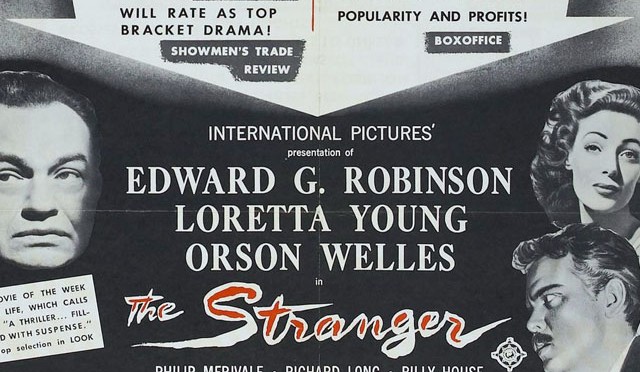Sometimes a tune lives in your head and you hum it now and again without any recollection of where it originally came from. Chances are, if you grew up in the United States watching Saturday morning cartoons, that tune came from Schoolhouse Rock.
Like so many of its biggest fans, Schoolhouse Rock is now officially in its 40s. This year marks the 40th anniversary of the pilot segment, Three is a Magic Number, whose melody and lyrics ooze the type of hippie Sunshine Family wholesomeness so abundant in ‘70s children’s programming.
Man and a woman had a little baby,
Yes they did.
They had three in the family.
And that’s a magic number
Follow that up with Schoolhouse Rock’s winning formula: simple, hummable tunes mixed with math fact lyrics.
3–6‑9, 12–15-18, 21–24-27, 30. 3–6‑9, 12–15-18, 21–24-27, 30.
Schoolhouse Rock started out as an advertising venture on ABC, dreamed up by an executive whose son was struggling to memorize his multiplication tables. But it grew into the most popular interstitial programming (short vignettes shown between TV segments) in modern television.
One of the most memorable melodies is Blossom Dearie’s sweet and melancholy Figure Eight, broadcast in February, 1973. This one was covered by Eliot Smith in a decidedly less upbeat version.
Without a doubt these three-minute animations (by Loonie Tunes animator Chuck Jones) are some of the best modern educational videos around. Whose social studies teacher didn’t show this tuneful explanation of the legislative process during class?
And this one about the Constitution, well I have to admit that it still chokes me up.
The man behind the vast majority of the music is Bob Dorough, a pianist who worked with Miles Davis and Allen Ginsberg before becoming the voice and main composer for Schoolhouse Rock.
The series took on nearly every subject, from multiplication and grammar to science and American government. Today’s educational software developers would kill to make grammar as fun as Conjunction Junction and Lolly, Lolly, Lolly Get Your Adverbs Here. The producers didn’t shy away from more weighty issues either. Take a listen to this little ditty on the theme of American territorial expansion.
The series took a break during the 1980s but picked up again in the mid-’90s with Money Rock. In 2009 came Earth Rock. Both featured a more gloom-and-doom feel than the inspiring tone of the earlier Schoolhouse Rock iterations.
Sometimes the original really is the best.
You can purchase the complete set of Schoolhouse Rock videos on Amazon. We’ve also added a link to this post in our new collection: 200 Free Kids Educational Resources: Video Lessons, Apps, Books, Websites & More
Kate Rix writes about digital media and education. Read more of her work at and thenifty.blogspot.com.


